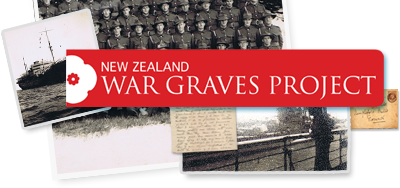Occupation proclaimed at Apia, Samoa
Submitted by admin on Thu, 2016-07-07 11:17“The following morning—Sunday, 30th August—the flag was formally hoisted on the Court House, and the occupation proclaimed by Colonel Logan at the head of his troops, and in the presence of the Naval officers and many of the European and native inhabitants, while the "Psyche" boomed a salute from the Bay. The Occupation was complete.” [Excerpt From: Stephen John Smith. “The Samoa (N.Z.) Expeditionary Force 1914–1915.”]
